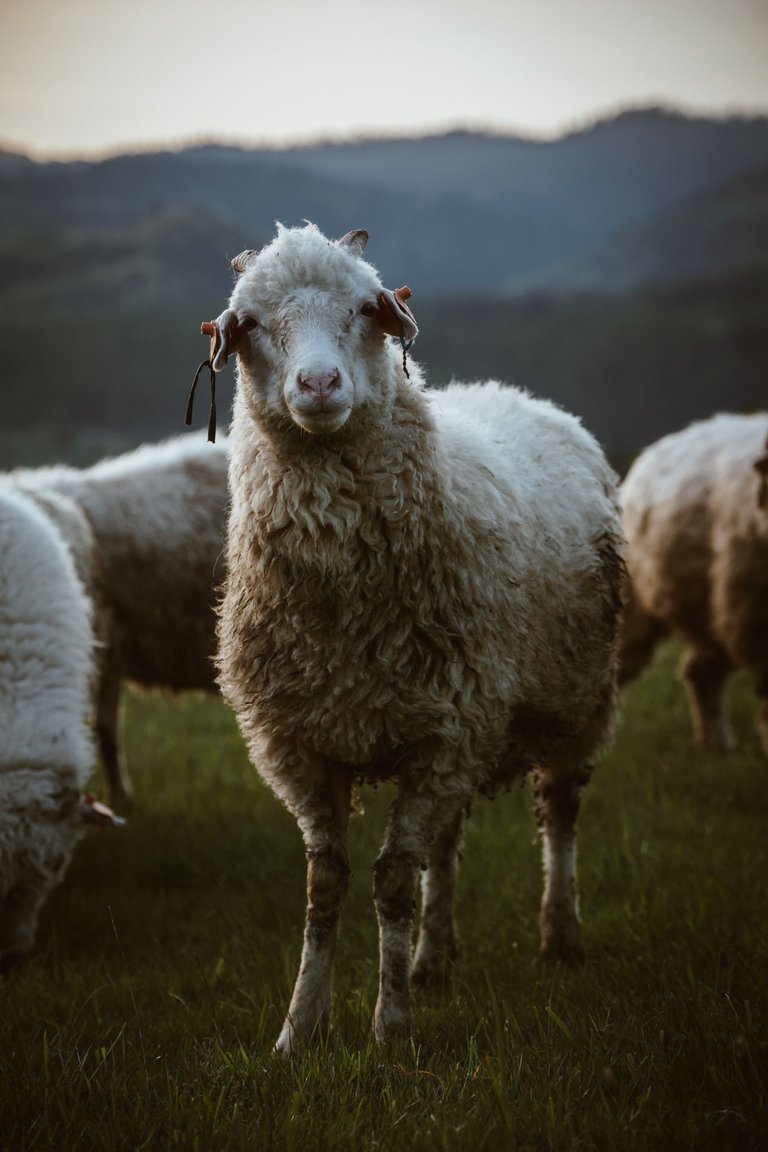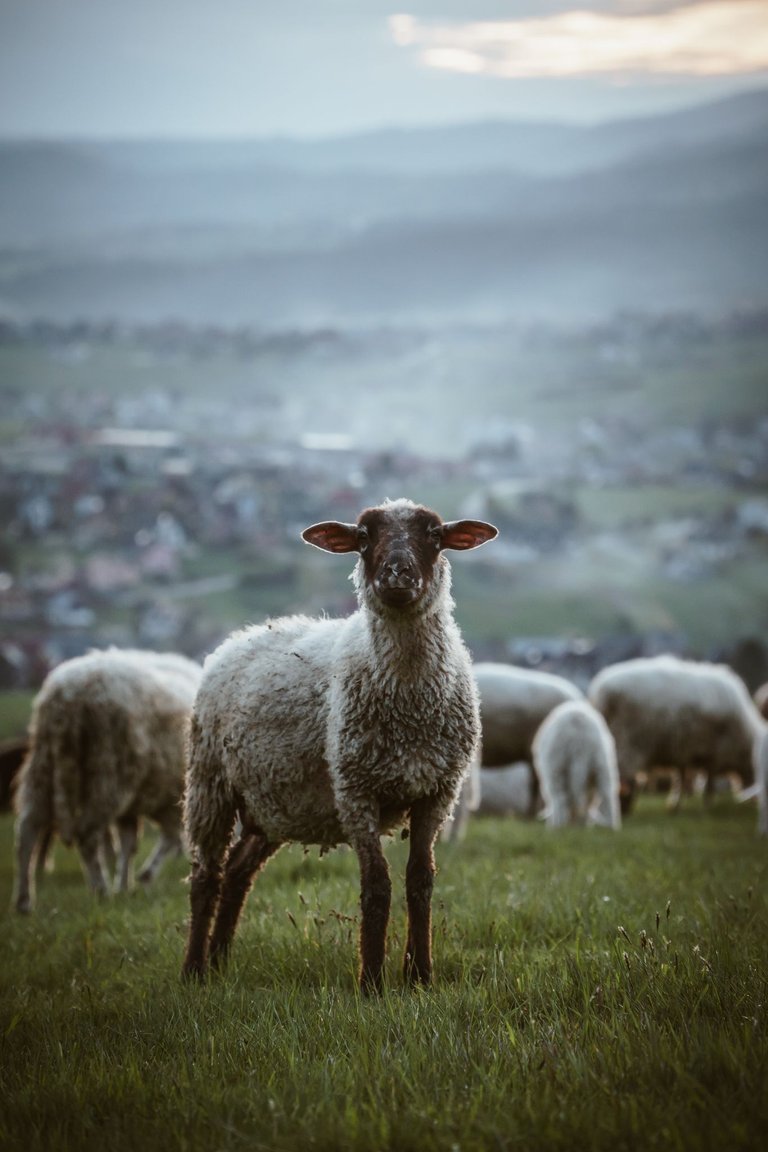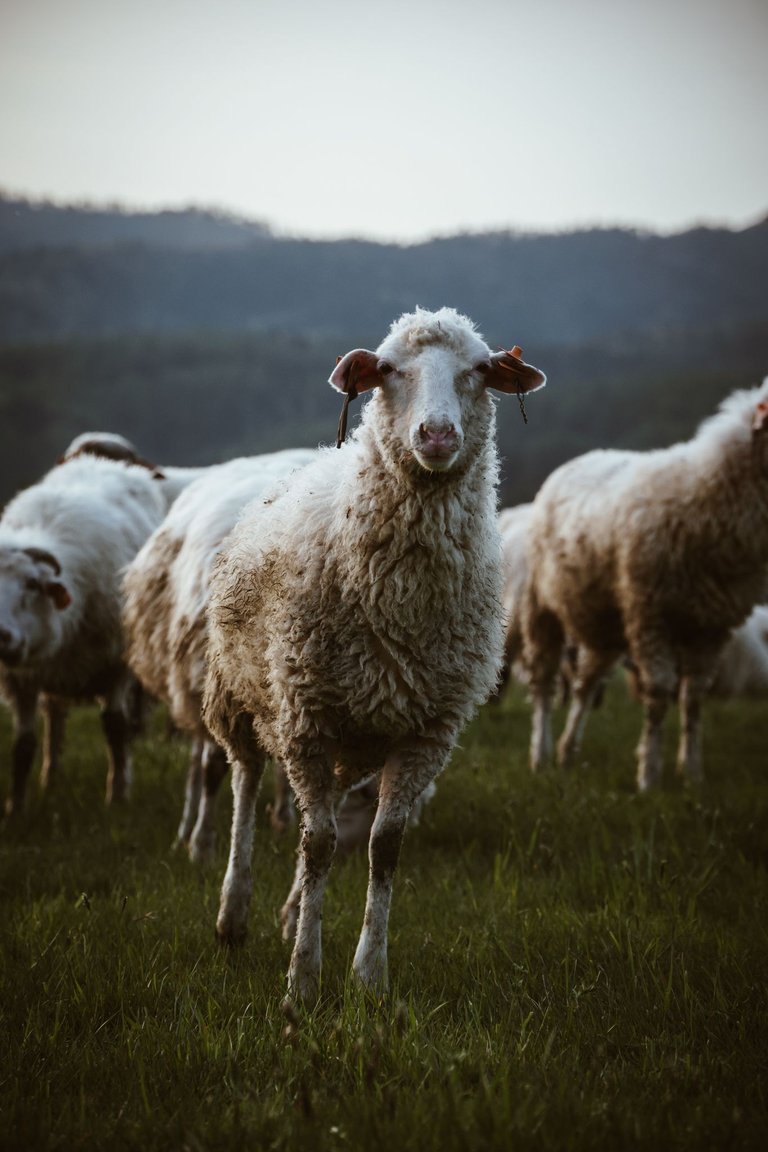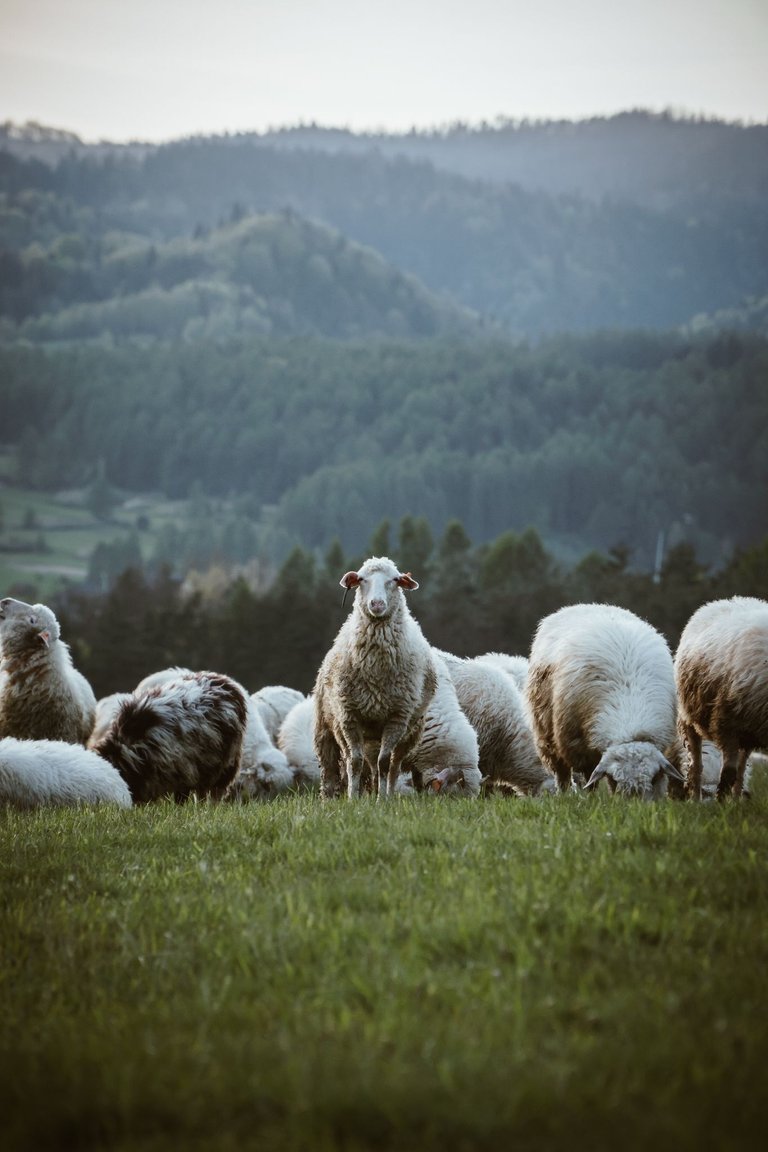Shepherding in Podhale in Poland [ENG/PL]
Shepherding in Podhale is a traditional form of sheep farming that has a long history and deeply rooted traditions in the Podhale region in southern Poland. Podhale is a mountain area in the Tatras, which is famous for its beautiful and picturesque scenery.
Shepherding in Podhale is based on moving flocks of sheep from valleys to summer mountain pastures, and then back to winter pastures in the valleys. This process is called transhumance and has been practiced for centuries by local shepherds called "shepherds".
Shepherds are experienced shepherds who have not only skills in sheep management, but also deep knowledge of the terrain, weather conditions and shepherding traditions. Traditionally, shepherds wear characteristic, white, woolen clothes that protect them from the cold and adverse weather conditions.
During the summer months, the sheep are led to the glade, or mountain pasture, where there is an abundance of grass, herbs and mountain vegetation. Shepherds look after their flocks, and sheep are free to move and graze in the mountainous area. The sheep raised in Podhale are mainly sheep of the Podhale breed, which are known for their characteristic white wool fur and black spots on the face.
Pasterstwo na Podhalu jest tradycyjną formą hodowli owiec, która ma długą historię i głęboko zakorzenione tradycje w regionie Podhalańskim w południowej Polsce. Podhale to obszar górski w Tatrach, który jest słynny ze swojej pięknej i malowniczej scenerii.
Pasterstwo na Podhalu opiera się na przemieszczaniu stad owiec z dolin na letnie pastwiska górskie, a następnie z powrotem na zimowe pastwiska w dolinach. Proces ten nazywany jest transhumancją i jest praktykowany od wieków przez lokalnych pasterzy zwanych "bacami".
Bacy to doświadczeni pasterze, którzy posiadają nie tylko umiejętności w prowadzeniu owiec, ale także głęboką wiedzę o terenie, warunkach pogodowych i tradycjach pasterskich. Tradycyjnie bacy noszą charakterystyczne, białe, wełniane stroje, które chronią ich przed zimnem i niekorzystnymi warunkami atmosferycznymi.
W czasie letnich miesięcy owce prowadzone są na haliznę, czyli górskie pastwisko, gdzie znajduje się obfitość trawy, ziół i roślinności górskiej. Pasterze pilnują swoich stad, a owce mają swobodę poruszania się i pasienia na terenie górskim. Owce hodowane na Podhalu to przede wszystkim owce rasy owce podhalańskiej, które są znane z charakterystycznych białych wełnianych futer i czarnych plam na twarzy.







My photographic equipment:
Sony A6000 with Sony E 18-105
Dji Mini 2
Samsung S10e
You can find me on instagram:
Lifestyle, travels and photos
Pictures of people, commercial
Congratulations @matthewbox! You have completed the following achievement on the Hive blockchain And have been rewarded with New badge(s)
Your next target is to reach 400 posts.
You can view your badges on your board and compare yourself to others in the Ranking
If you no longer want to receive notifications, reply to this comment with the word
STOPTo support your work, I also upvoted your post!
Check out our last posts:
Ohw ,that's so cute😍my son really loves sheep🥰
Thank you🥰
Uwielbiam Podhale! Bardzo przyjemne zdjęcia i artykuł!
A dziękuję. Zachód był brzydki, więc skupiłem się na owcach😁